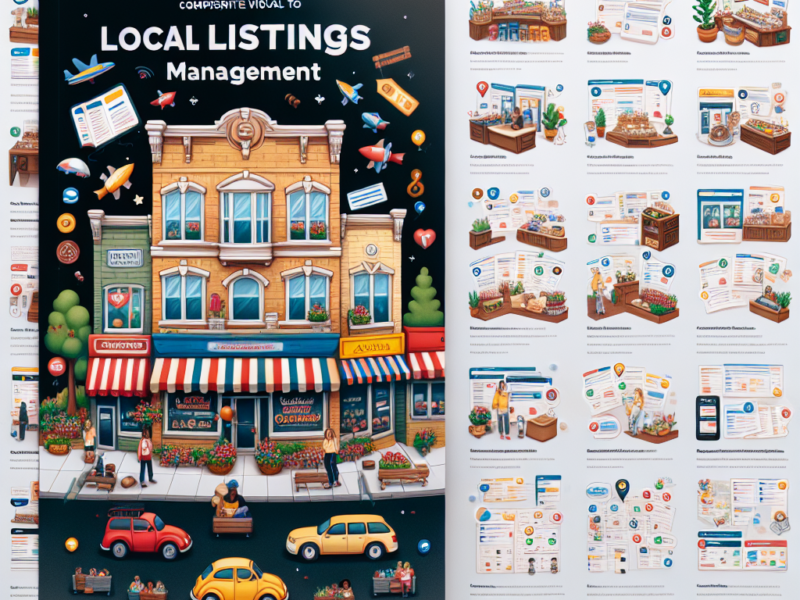-
Table of Contents
- Boosting Your E-commerce Site’s Performance
- Understanding E-commerce Site Performance
- Key Strategies to Enhance Your E-commerce Site
- Optimizing Page Load Speed
- Enhancing Mobile Responsiveness
- Improving User Experience (UX)
- Utilizing SEO Best Practices
- Leveraging Analytics to Monitor Performance
- Case Studies and Real-World Examples
- Conclusion: Tying It All Together
Boosting Your E-commerce Site’s Performance

In today’s digital age, the performance of your e-commerce site can make or break your business. With increasing competition and ever-evolving consumer expectations, optimizing your online store for maximum efficiency and user satisfaction is crucial. This comprehensive guide will explore various strategies to boost your e-commerce site’s performance, ensuring you stay ahead in the competitive market.
Understanding E-commerce Site Performance
Before diving into the strategies to enhance your e-commerce site’s performance, it’s essential to understand what performance means in the context of online shopping. Performance encompasses various factors, including page load speed, user interface design, transaction ease, and overall user experience. A well-performing e-commerce site not only loads quickly but also provides a seamless, enjoyable shopping experience that encourages visitors to convert into customers.
Key Strategies to Enhance Your E-commerce Site
Optimizing Page Load Speed
One of the most critical factors in boosting your e-commerce site’s performance is optimizing page load speed. Studies show that a one-second delay in page response can result in a 7% reduction in conversions. Here are some effective ways to improve your page load times:
- Compress images and videos without losing quality to reduce their load time.
- Use a content delivery network (CDN) to distribute the load and speed up content delivery.
- Minimize HTTP requests by reducing the number of elements on your pages.
- Implement caching to allow the storage of frequently accessed data points closer to the user.
Enhancing Mobile Responsiveness
With over half of all internet traffic shopping from a mobile device, a mobile-responsive design is essential for boosting your e-commerce site’s performance. Ensure that your site is optimized for mobile devices by using responsive design techniques. This includes adjustable text sizes, accessible navigation menus, and optimized images that work across different devices.
Improving User Experience (UX)
User experience is a pivotal aspect of e-commerce success. A site that is easy to navigate and enjoyable to use can significantly boost customer satisfaction and conversions. Here are some tips to enhance UX on your e-commerce site:
- Streamline the navigation with clear categories and a search bar to help users find products quickly.
- Offer detailed product descriptions with high-quality images to help customers make informed decisions.
- Include customer reviews and ratings to provide social proof and boost trustworthiness.
- Ensure that your checkout process is simple and secure, with minimal steps and easy payment options.
Utilizing SEO Best Practices
Search engine optimization (SEO) is crucial for boosting your e-commerce site’s visibility and attracting more organic traffic. Implementing SEO best practices can help your site rank higher in search engine results pages (SERPs), driving more potential customers to your store. Key SEO strategies include:
- Using relevant keywords throughout your site, including titles, descriptions, and content.
- Creating quality content that addresses your customers’ needs and questions.
- Building backlinks from reputable sites to enhance your site’s authority and ranking.
- Ensuring your site’s architecture is search engine friendly by using proper tags and URL structures.
Leveraging Analytics to Monitor Performance
Analytics play a crucial role in monitoring and boosting your e-commerce site’s performance. Tools like Google Analytics provide valuable insights into your site’s traffic, user behavior, and conversion rates. By regularly analyzing this data, you can identify areas for improvement and make informed decisions to enhance performance. Key metrics to monitor include:
- Page load times and bounce rates to assess site speed and user engagement.
- Traffic sources to understand where your visitors are coming from.
- Conversion rates to evaluate the effectiveness of your design and user experience.
- User flow to see how customers navigate through your site and where they drop off.
Case Studies and Real-World Examples
To illustrate the impact of these strategies, let’s look at some real-world examples of businesses that successfully boosted their e-commerce site’s performance:
- Amazon: By optimizing their site speed and mobile responsiveness, Amazon reported a 1% increase in revenue for every 100 milliseconds improvement in load time.
- Walmart: Walmart experienced up to a 2% increase in conversion rates for every one second of improvement in page load time.
- Zappos: By focusing on customer service and user experience, Zappos significantly increased customer loyalty and repeat business, which are key indicators of performance.
Conclusion: Tying It All Together
Boosting your e-commerce site’s performance is a multifaceted approach that involves optimizing page load speeds, enhancing mobile responsiveness, improving user experience, utilizing SEO best practices, and leveraging analytics. By implementing these strategies, you can improve your site’s efficiency, attract more traffic, and increase conversions. Remember, the goal is to create a seamless, enjoyable shopping experience that encourages visitors to return and convert into loyal customers. Stay updated with the latest trends and technologies to continually enhance your e-commerce site’s performance and stay ahead of the competition.
With dedication and the right strategies, you can significantly boost your e-commerce site’s performance, leading to greater business success and customer satisfaction.


